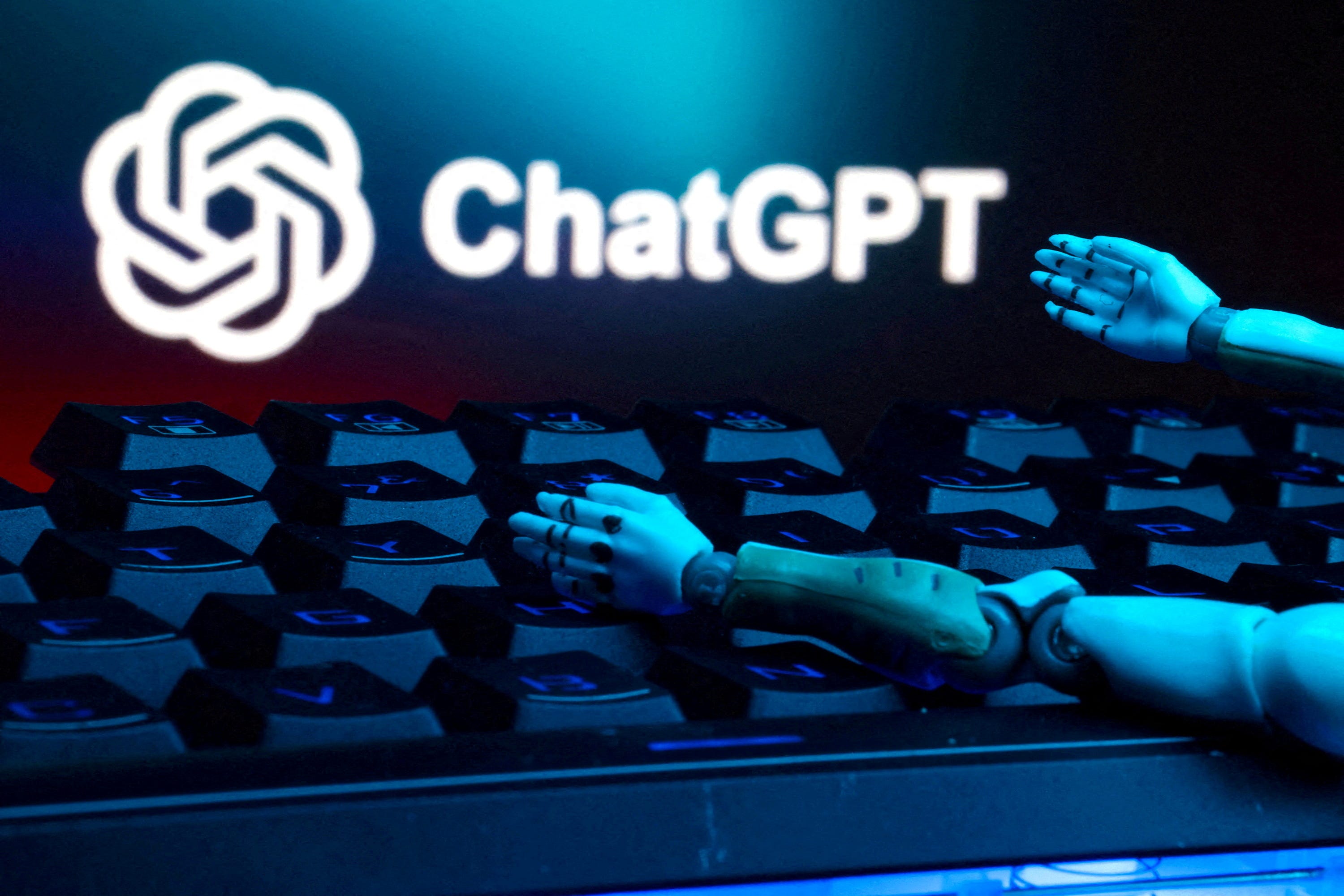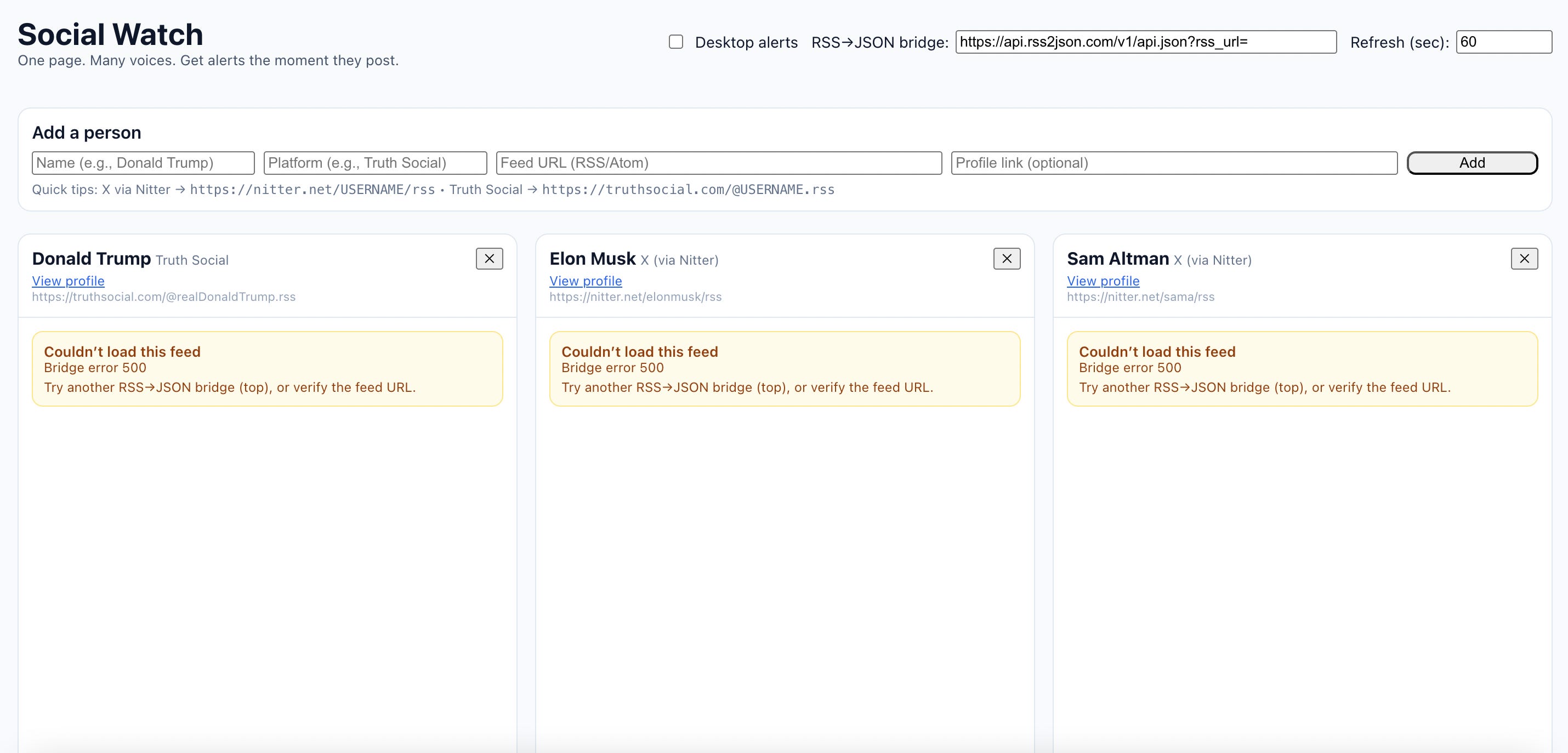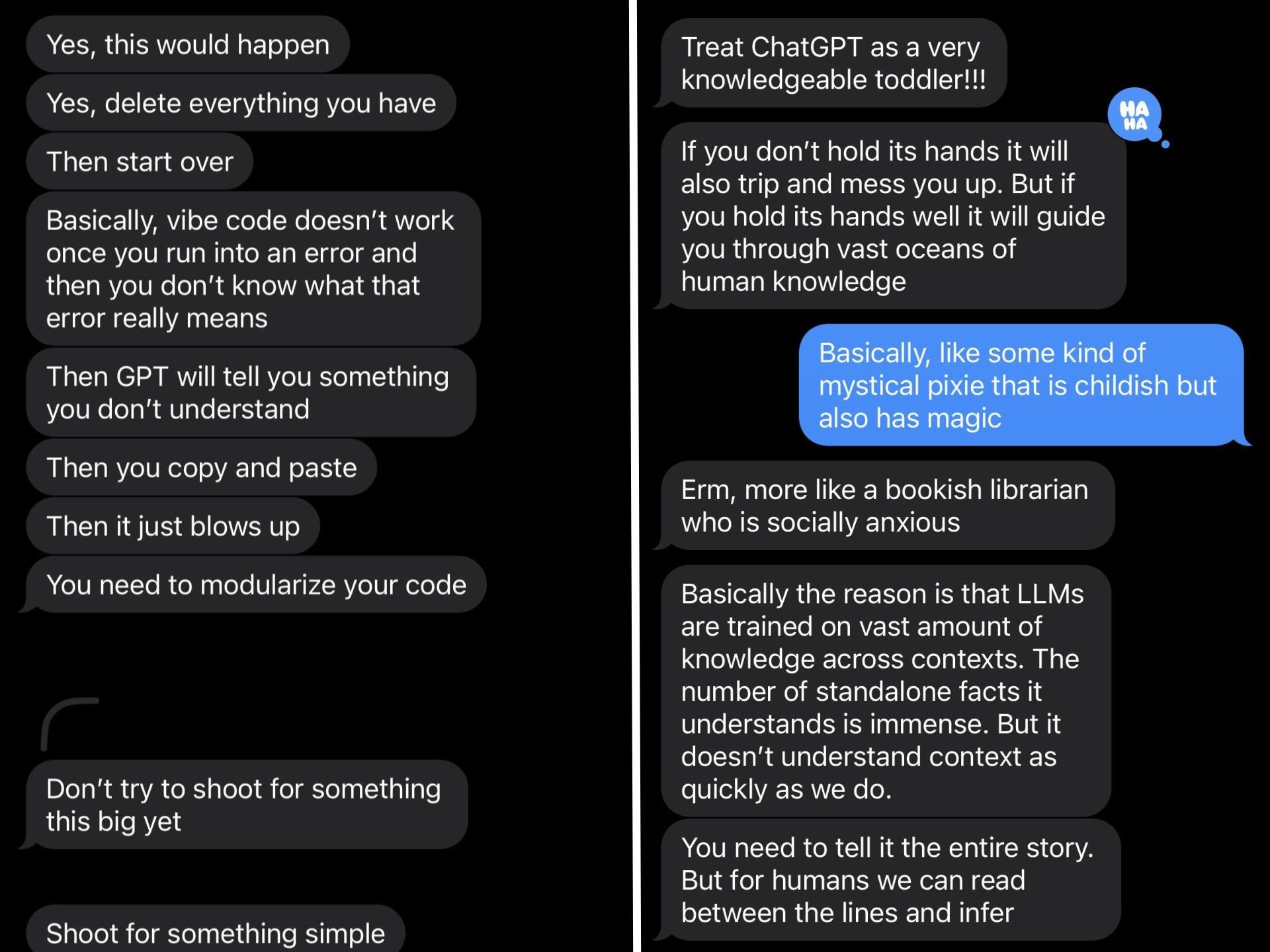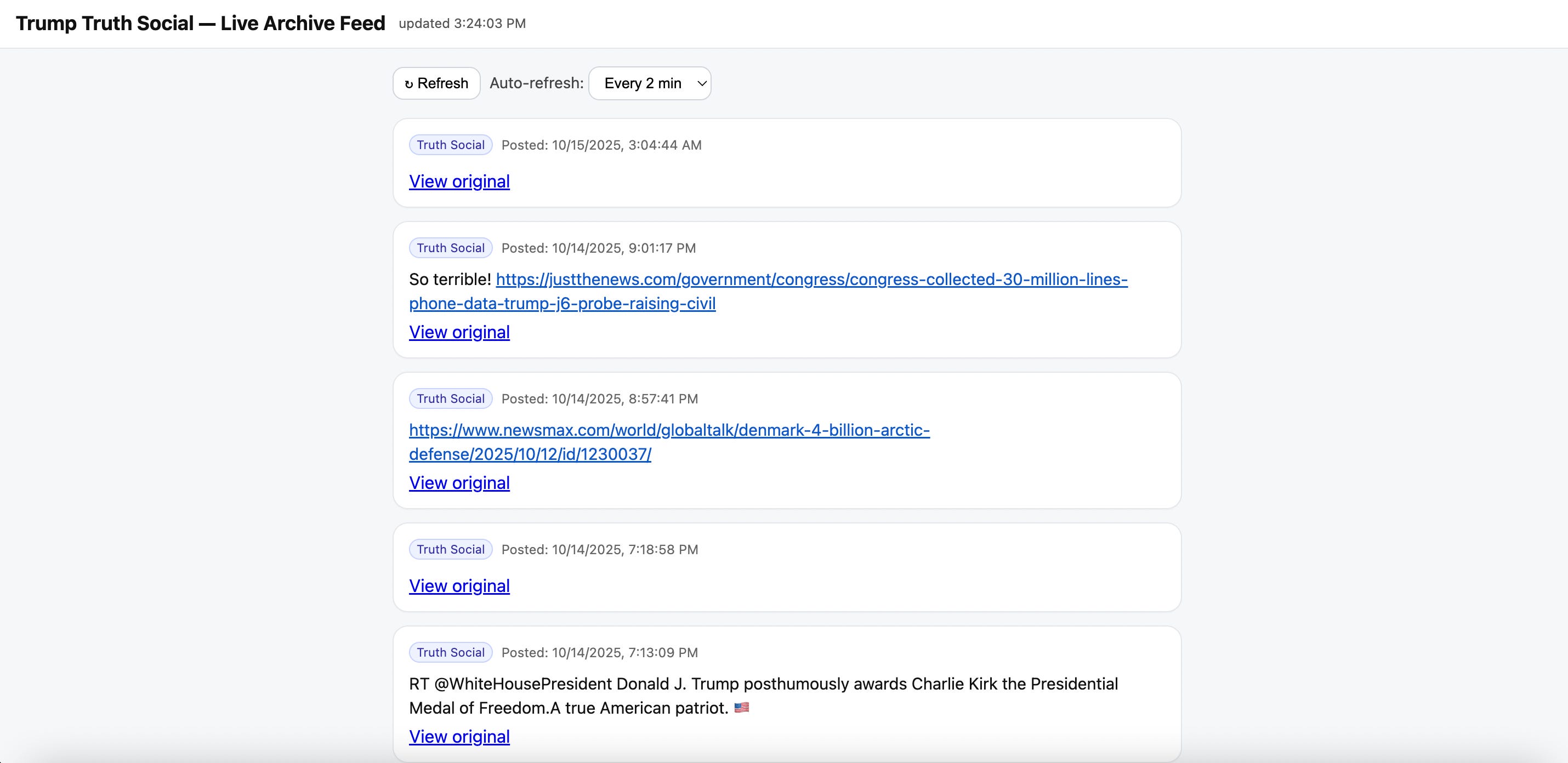
Dado Ruvic/REUTERS
- I tried vibe coding to automate my least favorite part of my workday.
- My first attempt failed, but it taught me how to best communicate with ChatGPT.
- My second attempt was successful, thanks to using better prompts and starting with simpler tasks.
What if you could automate your least favorite task at work?
Alphabet CEO Sundar Pichai and other tech CEOs are encouraging novices to try vibe coding — using AI to generate code with natural language prompts and refining it through a conversation.
I decided to try to create something useful for myself despite having zero coding experience.
This project ended up taking many twists and turns and took half a day to complete, but I learned some very valuable lessons on how LLMs work and why there is a learning curve to understanding how to use AI.
The task
My least favorite part of my job as a journalist is the need to be on social media platforms that bring me no joy.
Plus, monitoring the feeds of roughly a dozen tech CEOs by checking their individual X accounts is not an efficient use of time.
For this project, my goal was to create a single webpage where I could view people’s posts without needing to log in to a platform or visit individual feeds. To start, I wanted the page to have three columns, each representing President Donald Trump, Tesla CEO Elon Musk, and OpenAI CEO Sam Altman, and for the columns to automatically update every time they post something new.
First try

Katherine Li/Business Insider
At around 2 p.m. local time, I started by telling ChatGPT that I had no coding experience, so we needed to start from the very basics. Then, I laid out the task in detail.
ChatGPT created a brief plan, starting with downloading software, creating files, and launching my webpage using the Terminal, a command-line interface for the MacBook. It then generated an extremely long string of code and asked me to input it into one of my TextEdit files, which is a code-writing tool.
The steps went smoothly until I actually launched the program in my local web server and hit an error message in each of my feed columns. After following ChatGPT’s advice to adjust how fast the feed updates and try a different link it provided to read the feeds.
After still encountering the error, I asked it to modify the code for me, and that is when everything went into meltdown mode.
With every attempt to generate a new set of code to fix the error message, a new kind of error message emerged. And when nothing worked, ChatGPT asked me to perform tasks that were way over my head.
The chatbot finally had enough of me and gave me the “gateway timeout” error message, booting me from the platform entirely for the next two hours.
Take two

Katherine Li/Business Insider
It was 7 p.m. at this point, and I decided to ask for help. I messaged my partner, who majored in computer science and physics and is doing a Ph.D. now, and he said I’m approaching this task the wrong way.
He suggested that I delete everything and simplify my task to just fetching the social feed of one person. Also, he said I should talk to ChatGPT like it’s a “very knowledgeable toddler,” and stop treating it as a search engine. And most importantly, he added that I should try to understand what ChatGPT is doing and ask it to explain its solutions, rather than expecting instant results.
With his advice in mind, I described the new task of creating a page that essentially functions as a Trump Truth Social feed, without actually requiring access to the platform. Instead of rushing into the task, I asked ChatGPT what would be the best way to prompt it and approach this task.
It seemed almost glad that I asked, and said we should create a mock feed first with pretend posts, just to test if the code is correct, before we reach for the real posts. I followed its steps in creating and naming my TextEdit files. I then input the code it provided into the right files, and a mock feed eventually appeared with three slides of pretend posts.
ChatGPT then showed me exactly which code to change in my file to transition from the mock version to the real thing.
At this point, I was again hit by a “cannot fetch feed” error, but instead of opting for complex solutions, it asked me to try Safari or Firefox instead of the Chrome browser. I made the switch, and 30 seconds of loading later, my first vibe-coded web app attempt was successful.
Conclusion

Katherine Li/Business Insider
Computer scientists are definitely correct when they say that even with the help of AI, it is very obvious if you don’t know what you’re doing when coding.
However, if you want to code a simple solution to a small but bothersome problem, you may want to learn more about how ChatGPT communicates and study how to best prompt it.
From my experience, I’ve learned that coding with ChatGPT works best when I’m willing to do the legwork myself and learn what it’s trying to achieve, rather than expecting it to generate fast and easy results.
It’s also wise to scale up step by step, running a mock trial, then switching to real data, and gradually adding more functions once the basics are working.
Hopefully, my hours of vibe coding can help save me a little time each day.
Read the original article on Business Insider
The post Vibe coding isn’t as simple as it sounds. Here’s what I learned about AI through trial and error. appeared first on Business Insider.




